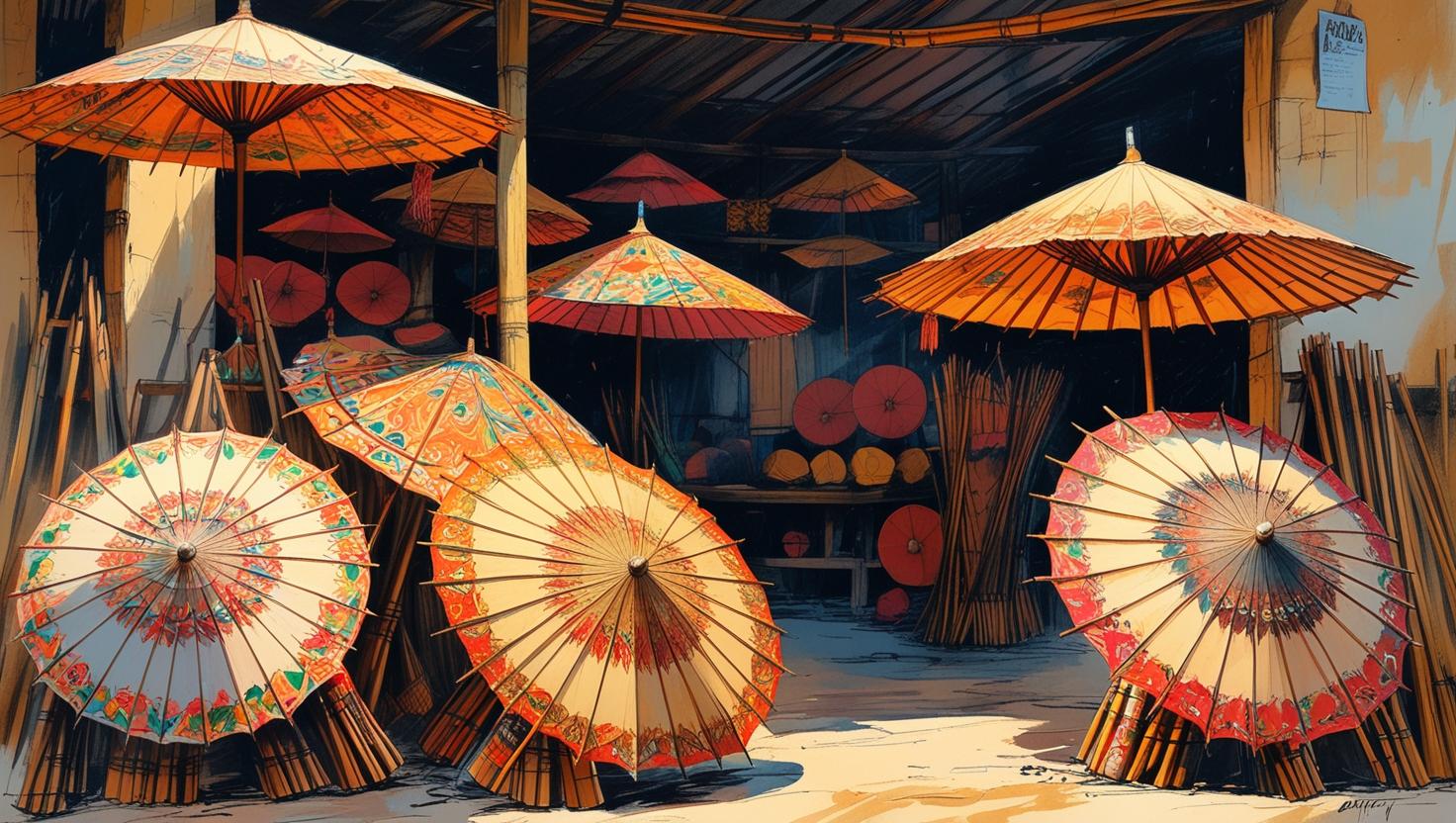Sojiwan Temple Tourism: Perhaps not many people have heard of it, especially when asked where it is located. Indeed, Sojiwan Temple is not as well-known as Prambanan Temple, let alone Borobudur Temple. It's actually not far from Prambanan Temple, taking perhaps half an hour on foot. Recently restored in 2011, this temple is relatively new compared to the other temples. What's most striking about this temple is its similar shape to Prambanan: tall with a pyramid-like structure on top, but the upper part of the temple consists of stupas similar to those at Borobudur. It could be said that this temple is like a "marriage" between Prambanan and Borobudur. This temple is situated within a fairly extensive complex with beautiful, well-maintained gardens. It turns out that this complex was only inaugurated after being restored in December 2011 by the Minister of Education and Culture, Mohammad Nuh. Initially, this temple was only a half-finished structure that looked like a ...
Tanjung Village is a village located in the easternmost area of Klaten Regency in the Juwiring sub-district, which has an umbrella industry factory since the Dutch colonial era in the sub-district of MUTO umbrellas, traditional umbrellas. And in the 1980s the Muto umbrella industry increasingly fell due to the presence of factory umbrellas. However, with very high enthusiasm, traditional umbrella craftsmen innovated to make painted umbrellas and decorative umbrellas. So that umbrellas began to rise again even because the manufacturing process is very unique and traditional and has a very artistic value, our village is visited by many tourists both domestic and foreign. The purpose of tourists is to want to know both the history and how to make umbrellas, some also take selfies with umbrella decorations and can also learn to paint umbrellas. Finally, in 2021, Kani Village received a Regent's Decree as a Tourist Village in Klaten City.
The uniqueness of the Juwiring umbrella tourism lies in the umbrella-making process, which is still very simple and uses traditional tools. The workmanship is completely unadulterated, and the process from start to finish is unique, starting with the making of the bungkul (handle) using a chisel and the agile movements of the craftsmen who create the patterns with their chisels. The sodo (handle) production process also requires precise calculations, as the sodo is a component of the umbrella support, made of bamboo. It certainly feels unique to those who see it. The embroidery process, while seemingly complex and difficult to create, is quite easy for the women in the umbrella-making area, as they have been practicing the craft for decades. What's particularly captivating is the colorful paint strokes that adorn the various patterns on the umbrellas.
Another advantage is that for the photographer community, the painted umbrellas, featuring a variety of shapes and patterns, are very appealing. Many tourists use these umbrellas as photo backdrops for models and, in addition, they make these traditional umbrellas a great selfie spot.
Recommendations: Visitors can visit our Umbrella Juwiring tourist attraction at any time. Our man-made attraction allows visitors to enjoy the activities even in rainy weather. Some tour packages include umbrella painting lessons. Photographs are taken indoors, so the rainy season doesn't affect the attraction of Umbrella Juwiring.
If your tour package includes photos with an umbrella as a backdrop, please bring your own model, as we only provide models for adults and children.


Comments